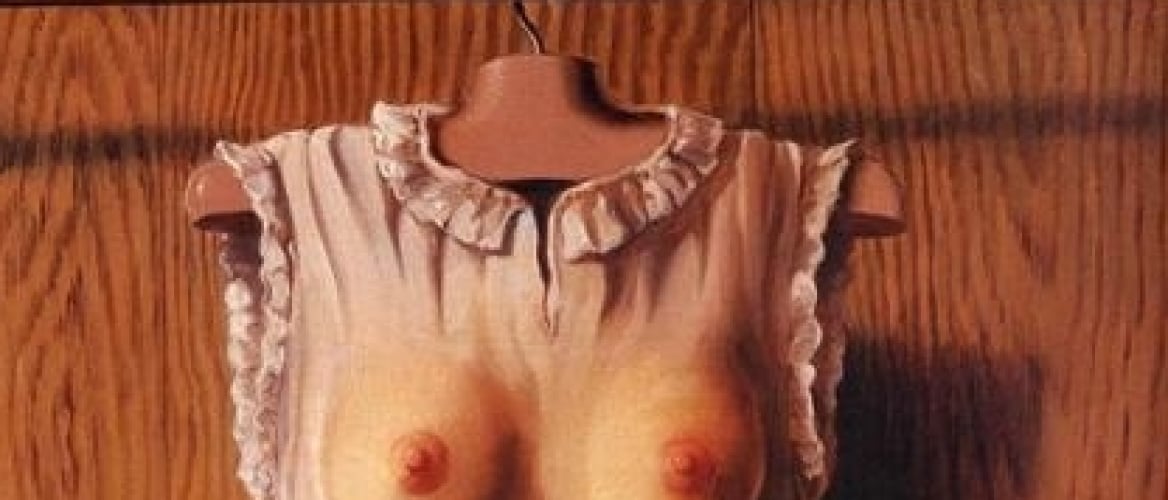
With the possible exception of the radical, visionary iconoclast Salvador Dali, the Belgian painter René Magritte (1898-1967) is one of the most recognizable and accessible of the Surrealists. The Surrealists were a collective of artists, painters, sculptors, poets, playwrights and theorists in the early 20th century (circa 1920-1950) who boldly bucked the entrenched bourgeois conventions of the art world and paved the way for modernism with absurdity, collage and accident.
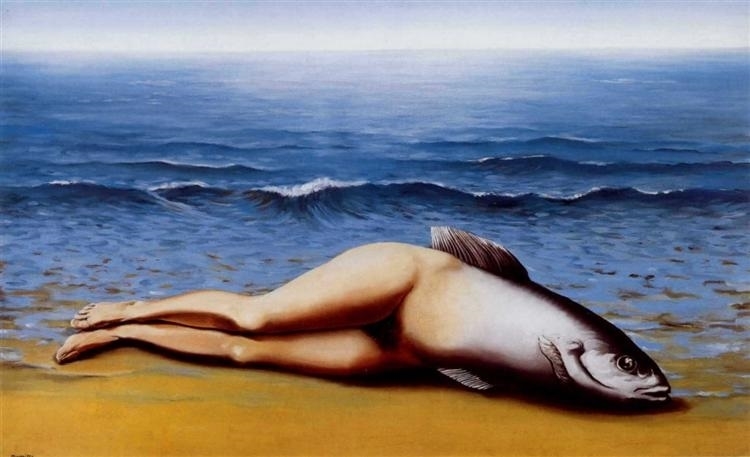
Fig.1. Rene Magritte, Collective Invention 1934 (wikiart.org)
Clever Juxtapositions
Considered a progenitor of Pop Art with his bold minimalism and clever juxtapositions, Magritte’s influence can be seen the music and record industries (Fig.2), Hollywood and Independent films, comic books and, of course, advertising.
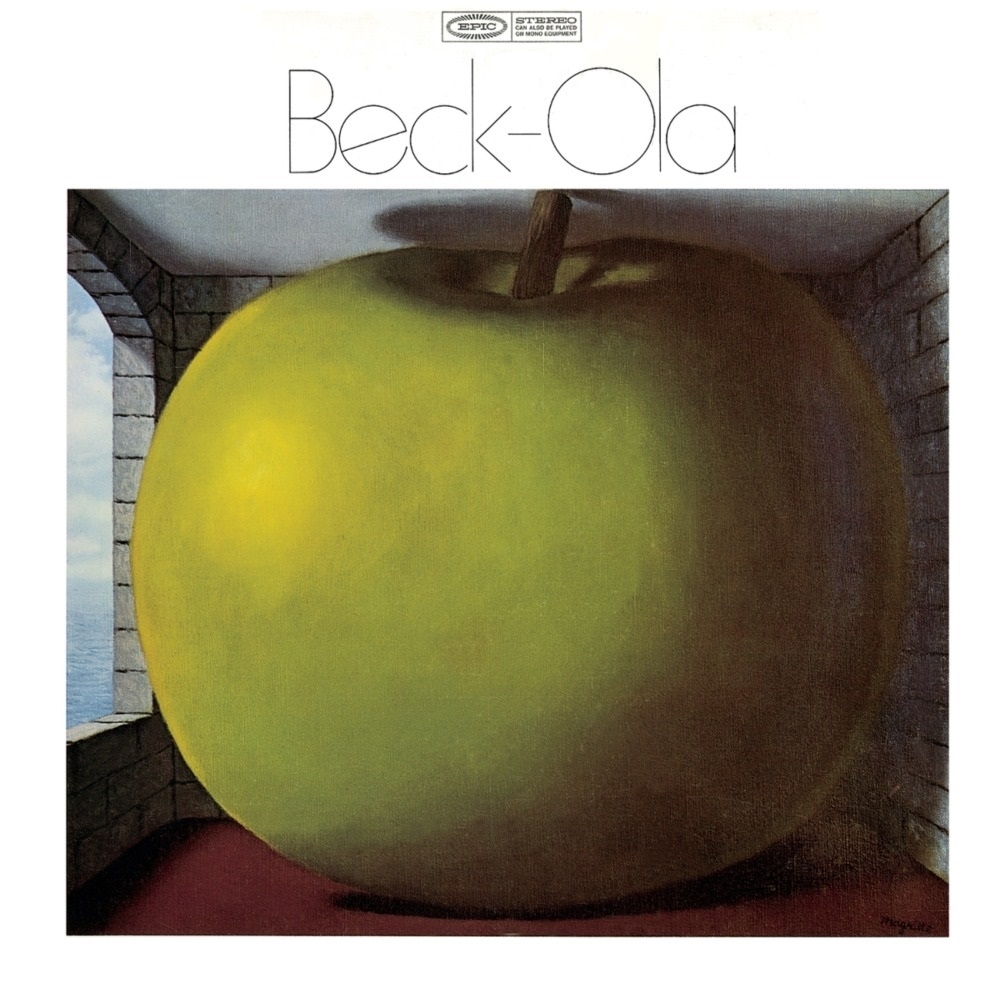
Fig.2. Rene Magritte, The Listening Room 1952, Featured on a Record Album Cover by the Jeff Beck Group, 1969 (genius.com)
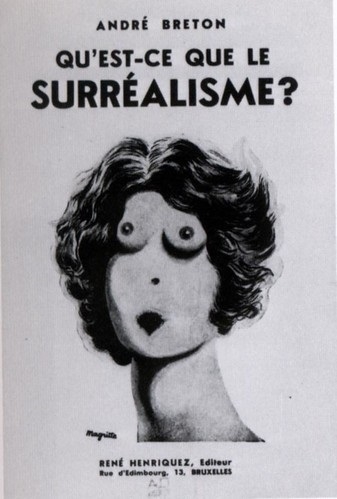
Fig.3. Rene Magritte, Illustration for the Cover of a Manifesto by Andre Breton 1934 (studyblue.com)
Burgeoning Sexuality
In contrast to the otherworldly visions of Dali (Fig.4), in which everyday objects melt and decay, whirling madly in a space that itself has become hardened, fragmented, Magritte’s forms are typically non-threatening, banal; an apple, a stone, a pipe. The power of Magritte’s iconography arises from the nonchalance with which he places ordinary objects together in random and tenuous relationship. These are not dream worlds. These are not the fantastic visions of saints, or the feverish fantasies of young virgins awaking to their burgeoning sexuality. This is the material world of objects, products and commodities that have been overlaid with layers of meaning, value, significance; layers that hang like a veil between the subject and the object.
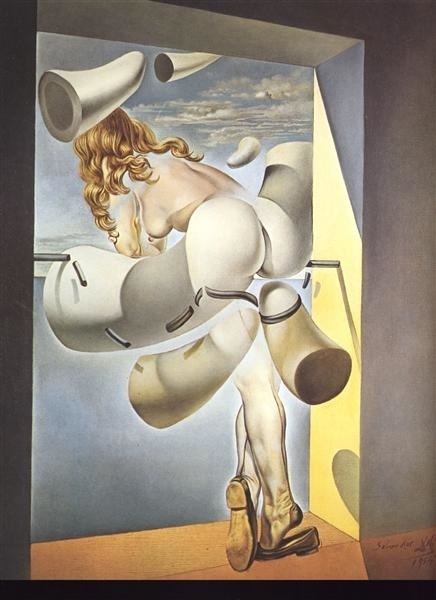
Fig.4. Salvador Dali, Young Woman Auto-Sodomized by the Horns of Her Own Chastity, 1954 (Wikiart.com)
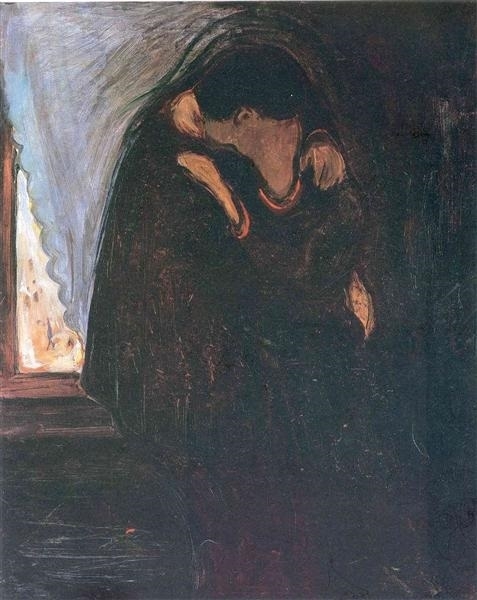
Fig.5. Edvard Munch’s “The Kiss” (1897)
The Lovers
This separation is dramatically illustrated in “The Lovers” (1928), a representation of a man and a woman locked in a passionate embrace. Reminiscent of the lovers’ embrace of Edvard Munch’s “the Kiss”(Fig.5), in which the faces of the lovers literally flow into one another in anonymous union, Magritte’s lovers are shrouded (Fig.6), hooded, their heads wrapped in heavy cloth gathered around the neck like the subjects of an execution. They are each faceless, unknowable to one another, their passion defying death’s final embrace.
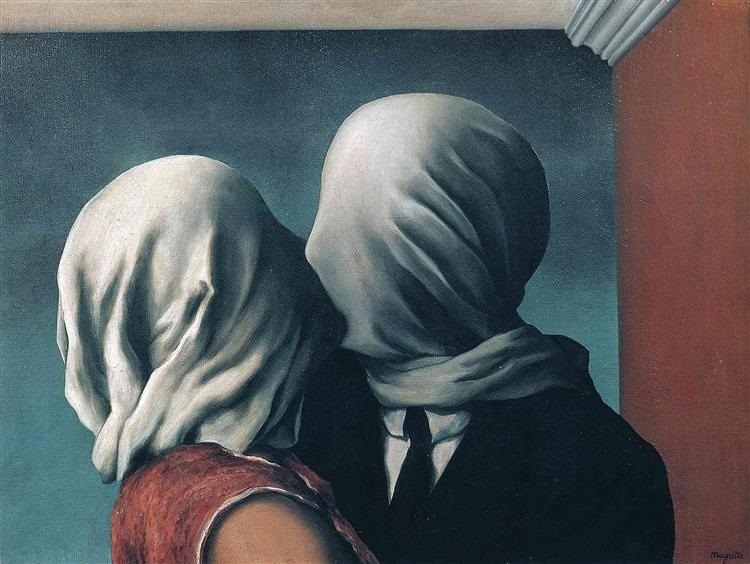
Fig.6. Rene Magritte, The Lovers 1928 (wikiart.com)
Commodity Fetishism
It is possible to view much of Magritte’s entire body of work as wrestling with the impossibility of knowing the Other, of overcoming the insurmountable separation of Subject and Object especially in an increasingly commodified world. Working as a commercial artist in the early part of his career (designing wallpaper patterns and painting advertising posters for the early avant-garde Belgian fashion house Maison Norine) Magritte was no stranger to, the reduction of the female form to the role of decoration, or to the subtleties of commodity fetishism.
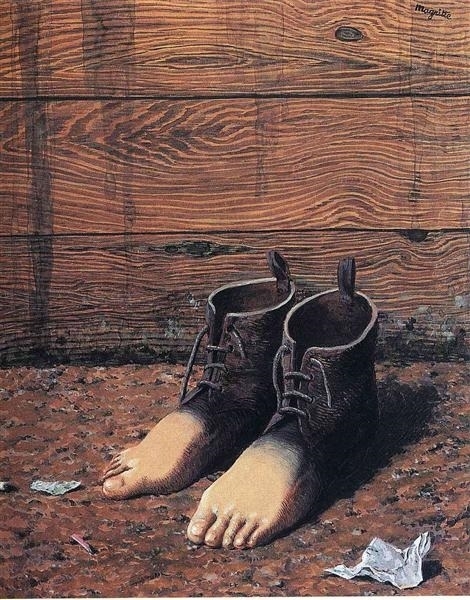
Fig.7. Rene Magritte, The Red Model 1935 (wikiart.com)
Becoming Flesh or Wood
In Magritte’s world the masculine appears infinitely reproducible, generic…a cutout. In contrast the feminine is often represented nude, but illusory, intangible, Is she appearing or disappearing (Fig.10)? Is she wood becoming flesh, or flesh becoming wood (Fig.11)? Or oscillating between the poles of subject and object? She is a fragmented, divided icon readily apportioned, arranged and distributed.
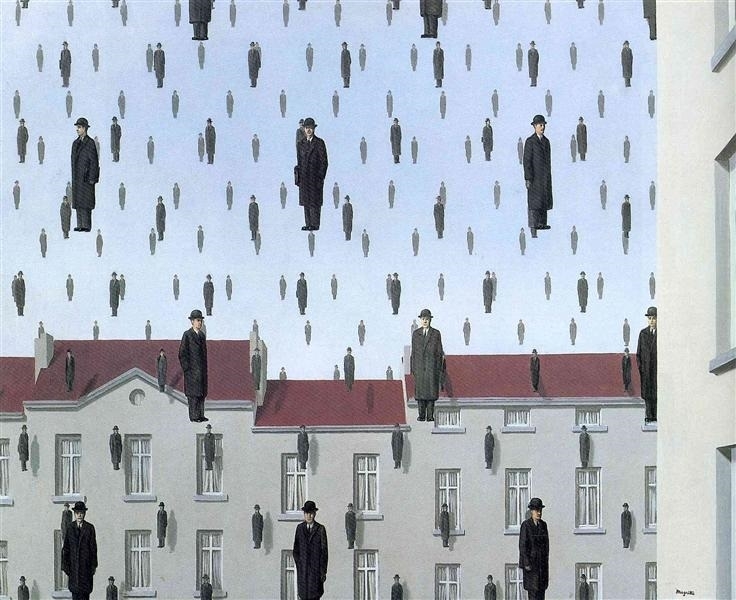
Fig.8. Rene Magritte, Golconda 1953 (wikiart.com)

Fig.9. Rene Magritte, Decalcomania 1966 (wikiart.com)
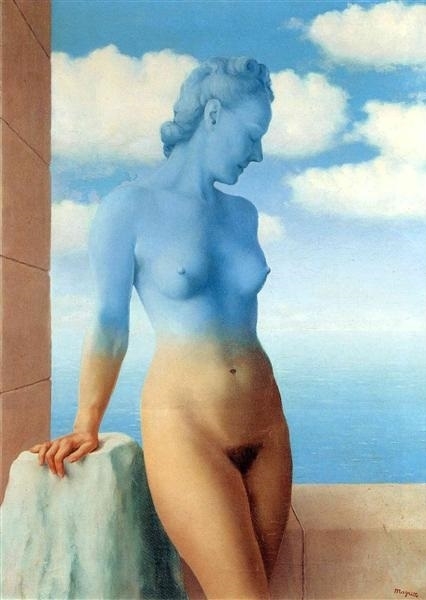
Fig.10. Rene Magritte, Black Magic 1945 (wikiart.com)
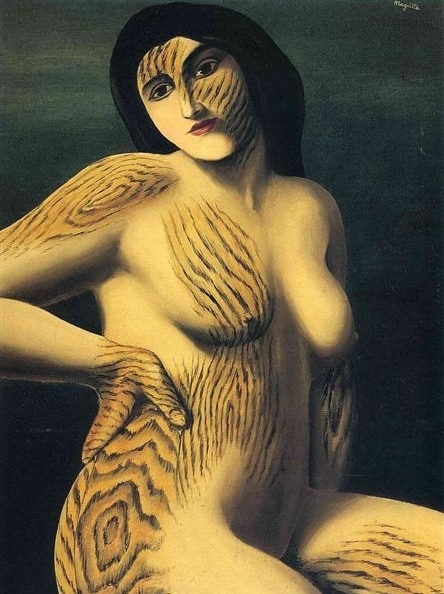
Fig.11. Rene Magritte, Discovery 1927 (wikiart.org)

Fig.12. Rene Magritte, Delusions of Grandeur 1948 (wikiart.com)
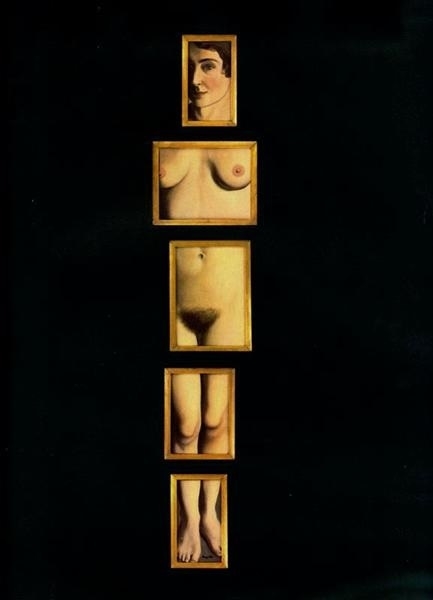
Fig.13. Rene Magritte, The Eternal Evidence 1930 (wikiart.com)
Dismemberment
I believe it is important to emphasize that this apparent dismemberment of womens’ body in the work of Magritte is not a merely a function of the artist’s erotic imagination, instead Magritte was keenly aware of what he labeled “the Treachery of the Image,” (illustrated by one of his most well-known and iconic paintings of the same name, also known as “This is Not a Pipe.”), and the ‘impossible task’ of the artist to ‘capture’ or represent objects or aspects of reality.
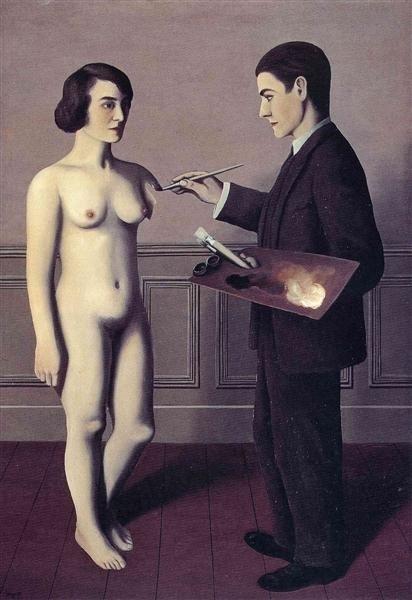
Fig.14. Rene Magritte, Attempting the Impossible 1928 (wikiart.com)
Shrouded Lovers
There is a quiet despair that runs through Magritte’s work, like the shrouded lovers (Fig.15), clinging to one another despite their existential unfamiliarity, their loneliness, and the erotic impulse seems to rise as an antidote to this elemental alienation.
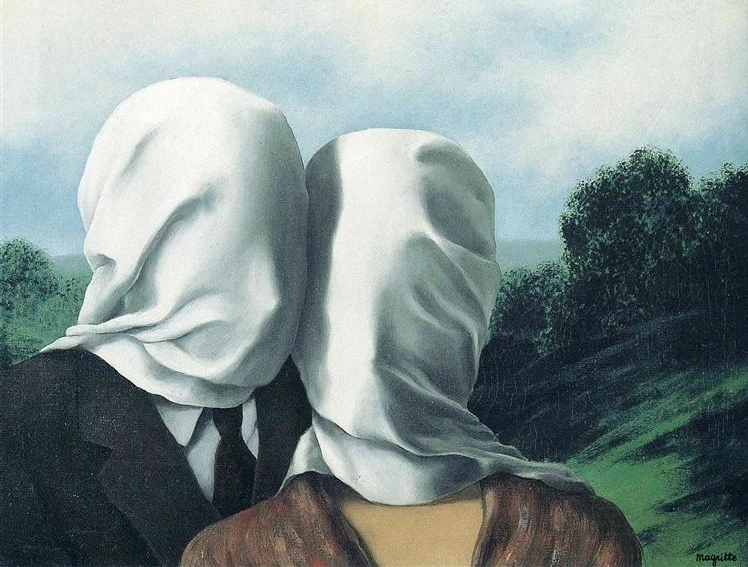
Fig.15. Rene Magritte, The Lovers 1928 (wikiart)
The half-formed figures in “Intermission” (1928) find a balance, a wholeness in an intimate embrace, limbs entwined.
Rape
The figure portrayed in “Rape” (1935 – Fig.16) transposes the sexual anatomy of a woman upon her facial features. The effect is shocking, startling, simultaneously repulsive and compelling, the subject rendered unidentifiable by the overlay of her sexualization.
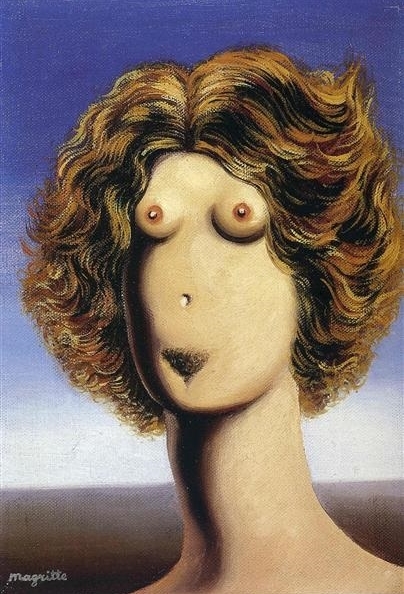
Fig.16. Rene Magritte, Rape 1935 (Wikiart.com)
Sexually Violent
The implications of the title, that the gaze of the viewer is in itself sexually violent and violative, seems especially profound for 1935. The internalization of that very sexual aggression, and women’s participation in their own oppression, illustrated in “the Titanic Days” (1928 – Fig.17) feels equally poignant.
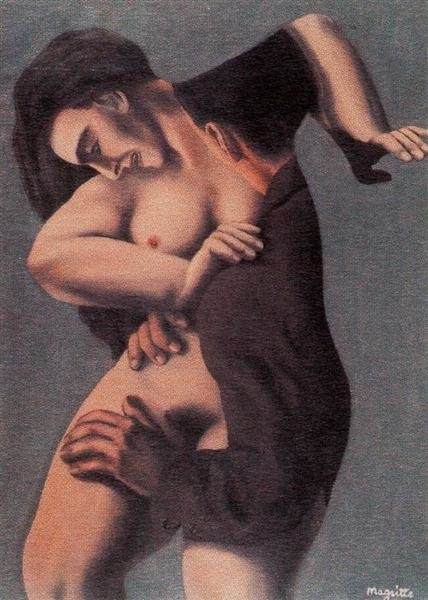
Fig.17. Rene Magritte, The Titanic Days 1928 (wikiart.com)
Philosophy in the Bedroom
In “Philosophy in the Bedroom” (1947 and revisited in 1962 – Fig.18 and 19) the visual ‘mark’ or ‘sign’ of woman’s gender hangs alone in a closet, a costume or uniform, still charged with the imprint of woman’s desirability, her currency, her commodity. Perhaps it has been forgotten, discarded, left behind. Perhaps it waits for her return, to be put back on, to be assumed like ritual attire, or the guise of a role.
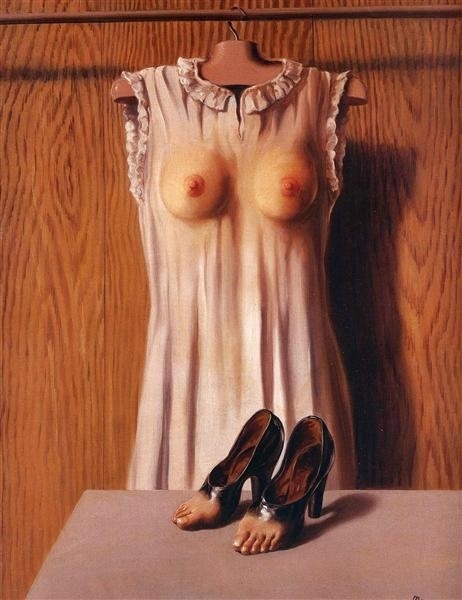
Fig.18. Rene Magritte, Philosophy in the Bedroom 1947 (wikiart.com)
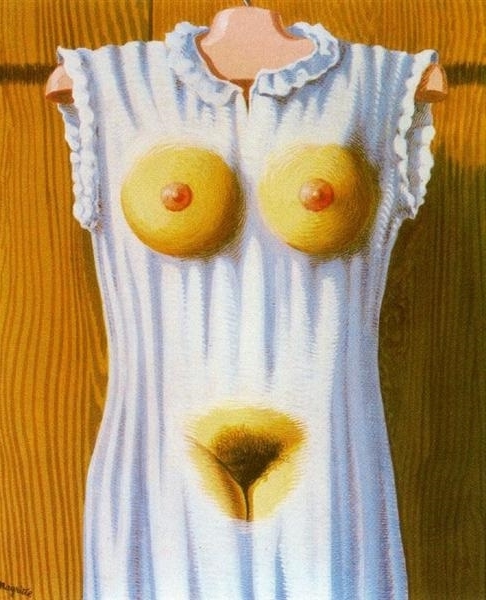
Fig.19. Rene Magritte, Philosophy in the Bedroom 1962 (wikiart.com)
Erotic Throb
Finally Magritte offers us perspective; reminding us that beauty and the erotic throb of desire are fleeting, impermanent, updating Jacques-Louis David’s immortalization of the renown beauty (Fig.20), 19th century European celebrity and international object of desire, Madame Recamier (Fig.21) to her more current state of cultural influence.
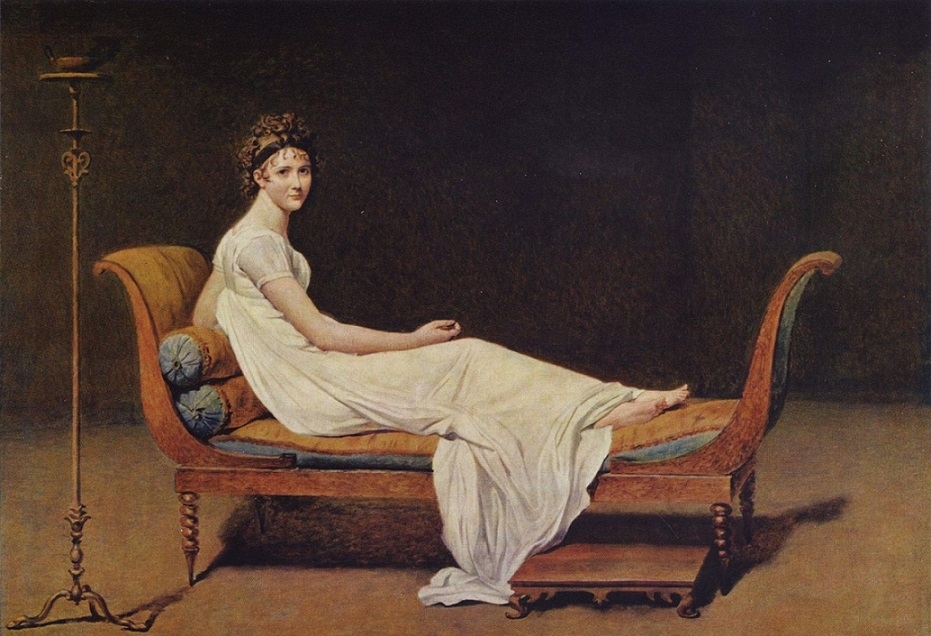
Fig.20. Jacques-Louis David, Portrait of Madame Recamier 1800 (Wikipedia.org)
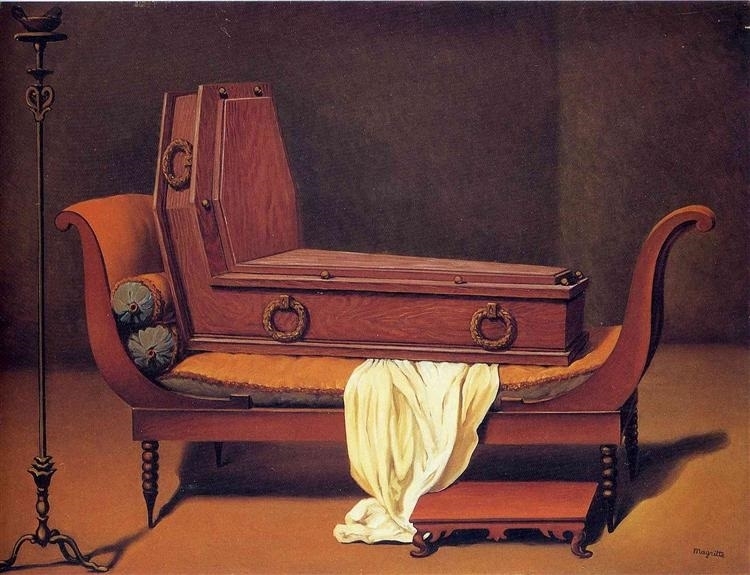
Fig.21. Rene Magritte Perspective: Madame Recamier by David 1949 (wikiart.com)
The following erotic drawings by René Magritte were exposed at the Musée Magritte in 2012…
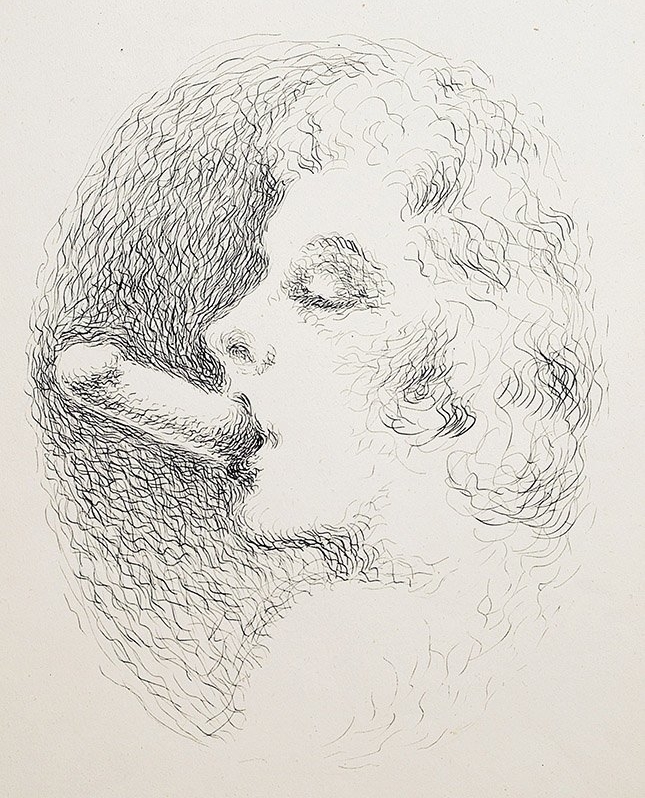
Fig.22. (Biblio Curiosa)
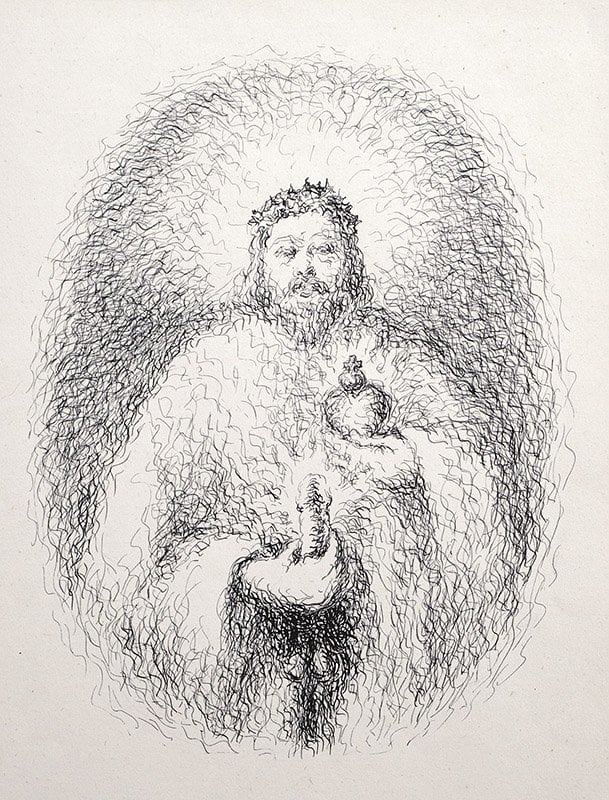
Fig.23. (Biblio Curiosa)
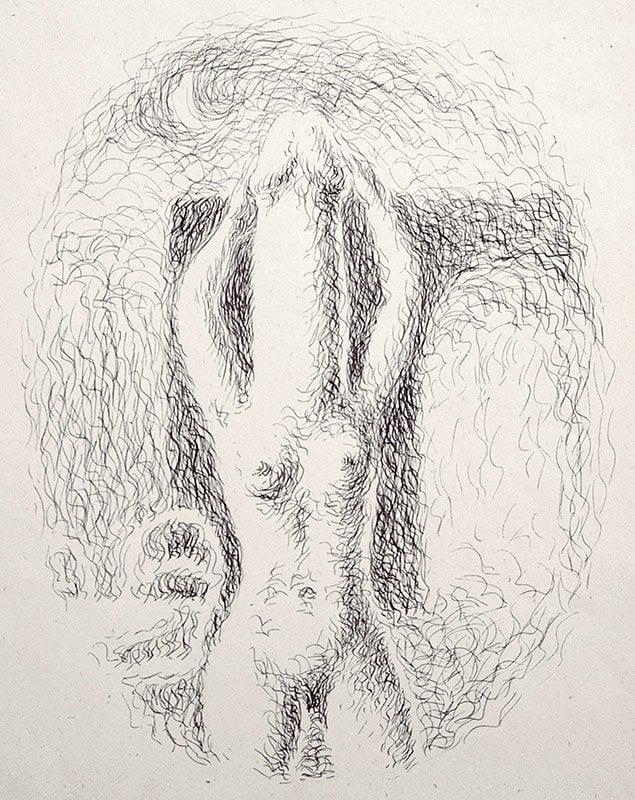
Fig.24. (Biblio Curiosa)
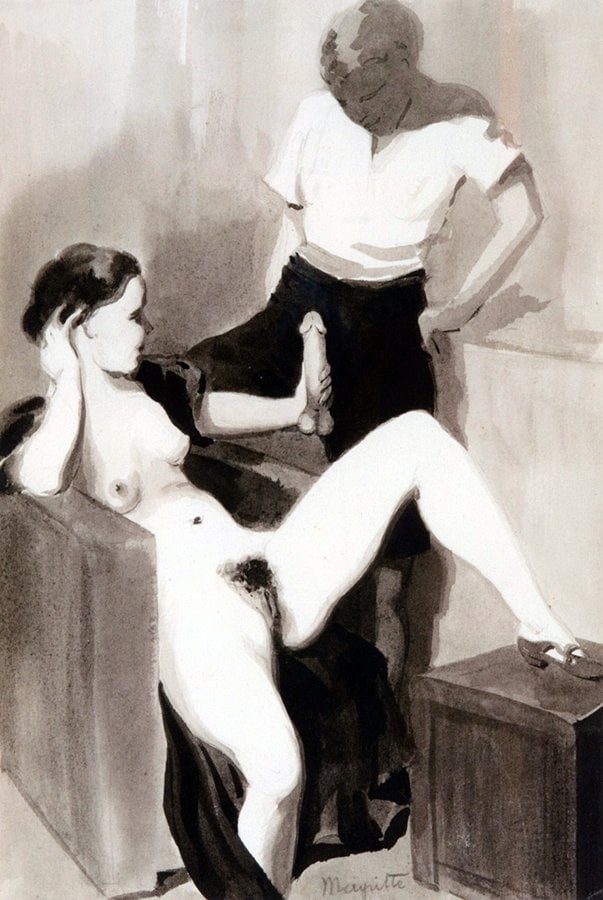
Fig.25. (Biblio Curiosa)
Click HERE for an article on the erotically charged surrealism of Michael Hutter….!!
For a reaction on this article or suggestions for future articles leave your reaction in the comment box below….!!
